Yarn Weights for Beginners
Take the guesswork out of choosing the right yarn thickness!
Take the guesswork out of choosing the right yarn thickness!
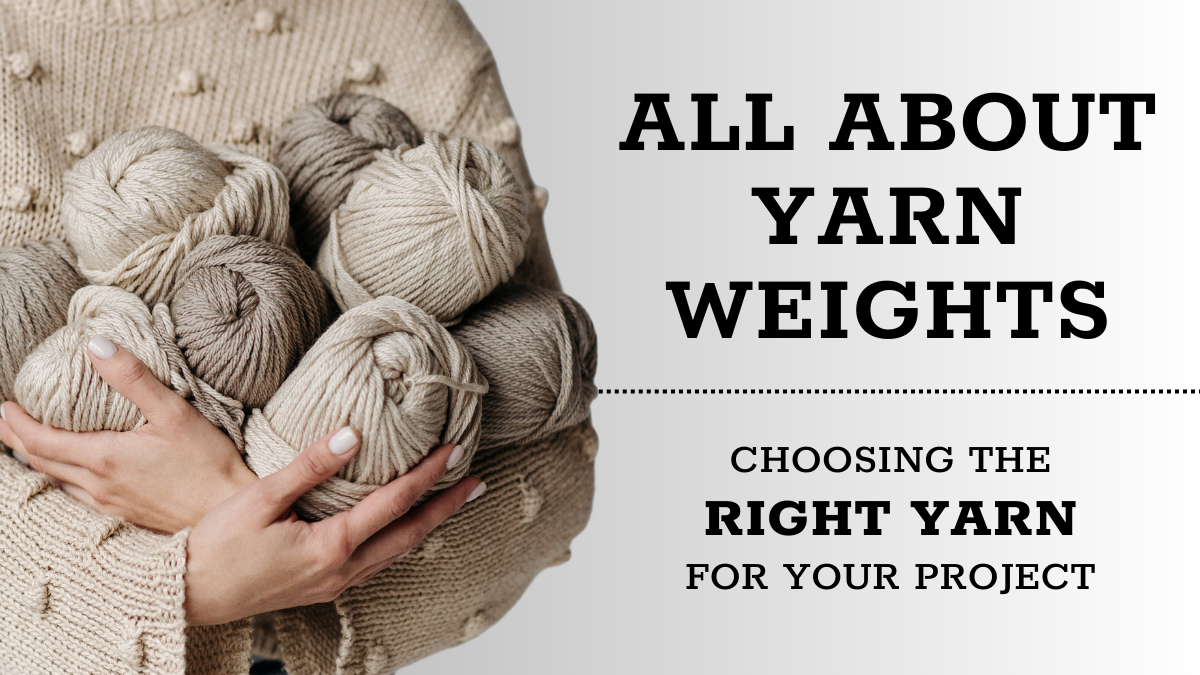
Choosing the right yarn is one of the most important steps in every knitting project! Understanding yarn weights makes it easy to get the right look in your knits. Today, we’re going to talk about the eight common yarn weights. At the end we’ll share some tips and tricks to help you choose the right one for your project!
Ready to learn more? Let’s get started!
Yarn weight refers to the thickness or diameter of a single strand of yarn. You can hold multiple strands of yarn together to get different yarn weights as well! If you’re using a knitting pattern it will tell you what weight of yarn to use for that particular project. Choosing different thicknesses, or “weights” of the yarn changes how thick or thin a finished fabric feels.
Yarn weight is an essential factor to consider when knitting or crocheting a project because it determines how the finished product will look and feel. The thickness of the yarn affects the texture, drape, and appearance of the fabric. For example, a thinner yarns like “lace” or “fingering” weights are ideal for delicate shawls or lightweight summer tops. A thicker yarn like “bulky” or “super bulky” is a better choice for cozy blankets or winter accessories.
Learning about the different yarn weights and how they’re related to each other crucial for selecting the right yarn for a project, achieving the desired texture and appearance, and ensuring the finished project matches your vision!
If you’re lucky and still have the label for your yarn, the weight is usually printed right on it! Each label uses a standardized system of names for each thickness.

Above, we’ve got some examples of the most common yarn weights. You can read more about each later in the post!
Knitting can be a quirky craft with all sorts of names for the same basic things. We made a handy dandy yarn weight chart for each of the common yarn thicknesses so that you can feel confident in any craft store.
You’ll find the standardized names for each yarn, recommended needle and hook sizes as well as the typical knitting gauge for each yarn thickness.
ALSO! We’ve included a handy guide for the weight you’ll get if you hold two strands of a particular yarn weight together!
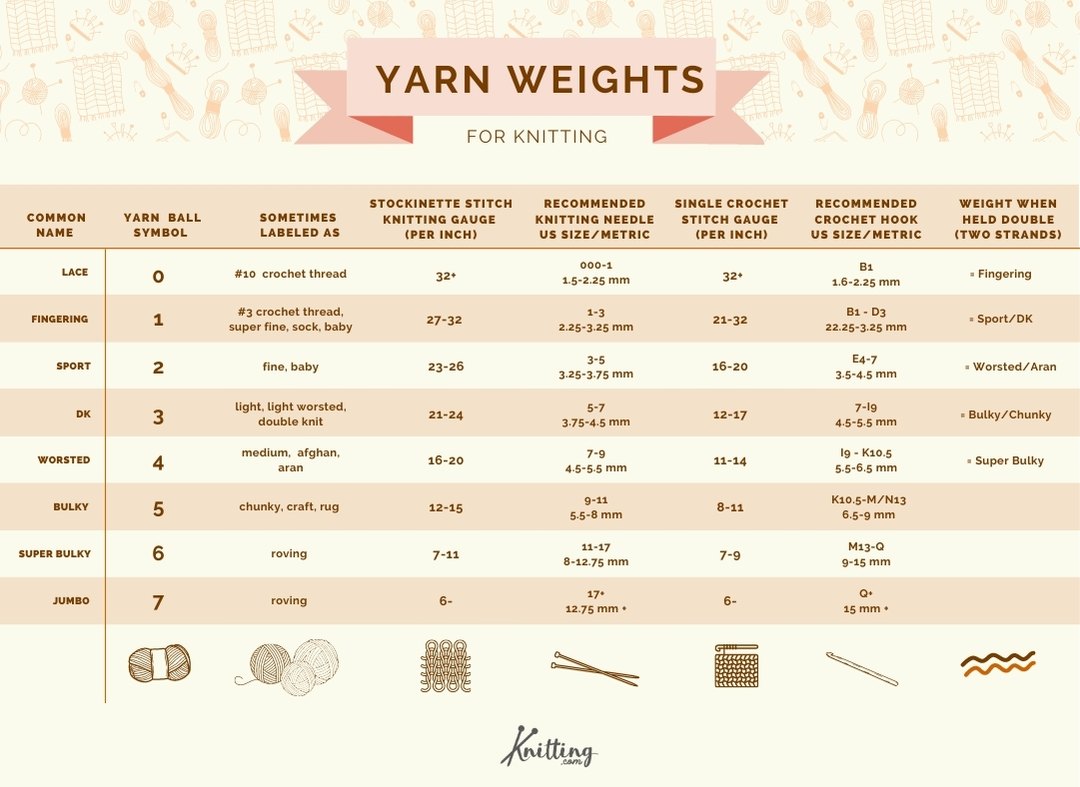
Let’s take a closer look at the 8 most common yarn sizes! We’ll start with the thinnest yarn and work our way up to the thickest. Each of the yarns below can be found in any craft store.
Lace weight yarn is the thinnest yarn weight, perfect for delicate shawls or lacy scarves. Because it’s so thin, this yarn is usually held along with another thicker yarn for solid fabric, or it’s used in open, airy “lace patterns”. Those super fine and delicate accessories are called “lace shawls” for a reason! They use lace-weight yarn!
Because lace is so fine and it’s not typically used in standard stockinette stitch fabric, you won’t typically find a knitting gauge listed on the yarn label.
For crocheters, #10 crochet thread is the same thickness as laceweight yarn. #10 crochet thread is typically tightly spun and sturdy for durable, ultra-lightweight projects.
Holding Lace Weight Yarn Double
Hold two strands of laceweight yarn together for a fingering-weight fabric.
Fingering weight yarn is also known as baby yarn, sock yarn, superfine, and (for crocheters) #3 crochet thread. Slightly thicker than lace weight, fingering-weight yarns are ideal for lightweight garments, socks, or baby knits.
Holding Fingering Weight Yarn Double
Two strands of fingering weight yarn held together creates a DK or worsted weight fabric.
Sport weight yarn can also be called “baby” or “fine weight” yarn in older patterns or countries outside of the United States. This yarn weight is versatile and great for a wide variety of projects! Try using sport-weight yarn to create sweaters, scarves, and even thicker shawls or socks.
Holding Sport Weight Yarn Double
Two strands of sport weight yarn held together creates a thicker worsted weight or aran weight fabric.
Also called “double knit” or “light worsted”, dk weight yarn is a thinner medium weight yarn. DK yarns are popular choices for sweaters and blankets because the finished fabric is warm, yet still light enough to be flexible and comfortable to wear.
Holding DK Weight Yarn Double
Two strands of dk weight yarn held together creates a bulky or chunky weight fabric.
What is worsted weight yarn? This is the most commonly used yarn weight and is a perfect “medium” sized yarn, a perfect middle size between lace and jumbo yarn weights.
Worsted yarns can be use for a range of projects, including hats, sweaters, scarves, and blankets. There’s some variation in worsted yarn thickness. Thinner yarns might fall within the DK weight category (see above) or be labeled as “aran weight” if they’re on the thicker side.
Holding Worsted Weight Yarn Double
Two strands of worsted-weight yarn held together creates a super bulky weight fabric.
Bulky weight yarn is a thick, warm yarn that knits up quickly, ideal for winter accessories and cozy blankets. The thicker strand also makes it easier for beginner knitters to practice making smaller projects. These yarns might be too heavy for garments in anything but the coldest temperatures.
Yarns in this category can also sometimes be labeled as “craft yarn” or “rug weight”.
Super bulky weight yarn is the thickest commonly found yarn weight, perfect for extra chunky scarves, cowls, and blankets. The most common way to get a yarn this thick is to hold several yarns together or worsted weight yarn held double.
Jumbo weight yarn is the newest addition to yarn weights, even thicker than super bulky, making it perfect for giant knitted projects. Try using these yarns with arm knitting rather than typical knitting needles or crochet hooks to create oversized scarves or blankets.
These yarns aren’t widely available but you can also create a yarn thick enough for this category by holding several strands together!
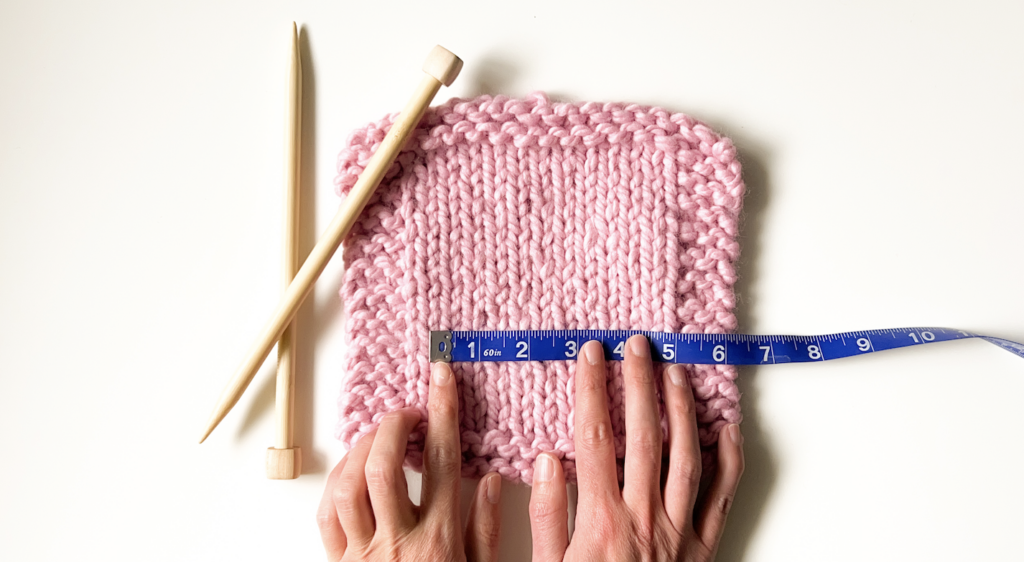
Yarn weight and the size of your knitting needles/crochet hook creates the gauge of your knitted fabric. Gauge in knitting and crochet is the number of stitches and rows in square inch of fabric.
Choosing a different yarn weight than what is called for in a pattern can result in a different gauge and change the size of your project. Understating yarn weights makes it easy to swap yarns in a new project.
Learn more about knitting gauge here!
When choosing a yarn always start with the yarn weight. The thickness of the yarn will dramatically change how the finished project turns out! Understanding what a pattern is recommending is essential for getting the right look in your knitting.
Whether you found the perfect yarn as-is for your project, or are holding a strands together to get the weight you’re after, there are other factors to consider too! Is this yarn a similar fiber type? How will the color look in a finished fabric? How much yarn will you need?
As you get ready to cast on, make sure you’ve thought about all of these things first!
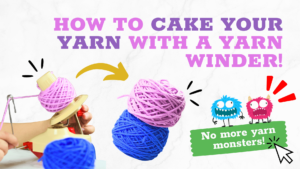
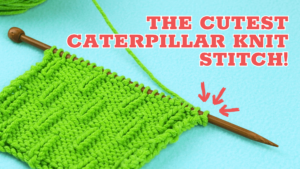
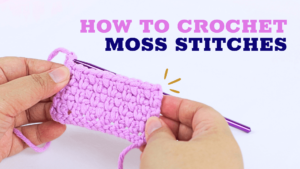

I think that in the yarn weight table, stockinette stitch knitting gauge should be per 4 inches, and not per inch, right?